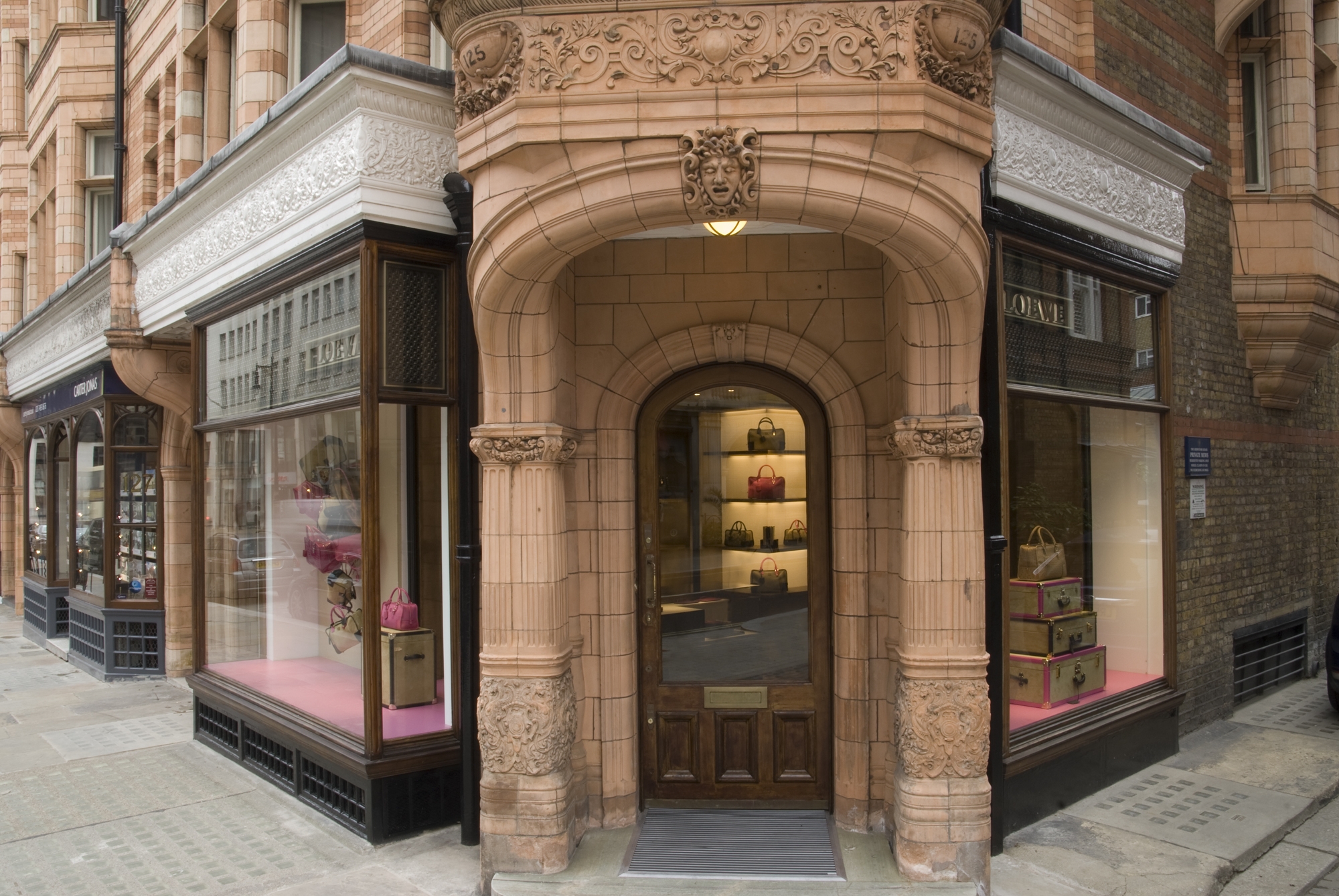Henri Matisse, The Snail, 1953
 |
Henri Matisse, The Snail, 1953, The Tate Gallery , London
Henri Matisse (1869-1954) had a long and successful career as a painter but by the 1940s ill-health had meant a change in the way he worked. He was famous for being a 'colourist' and this picture certainly maintains that tradition, utilising a complex and clever scheme of coloured pieces of cut-out paper to depict the shell of a snail (or is it? read on!) and managing to create an enormous sense of movement.
This is one of his last creations, which he directed his students to compile. He firstly drew the outline, probably using a long pole from his wheel-chair or bed and then told the students exactly where to place the painted paper. This was then traced and sent off to be pasted in place to the exact millimetre.
Matisse himself did not call this work The Snail; he called it La Composition Chromatique. However, it is universally known as The Snail but there may be a clue that, although Matisse was well into his eighties when this was created he had not lost his sense of humour. Take a close look at the top-left lilac-coloured piece of paper. Can you see a very tiny outline of a small creature crawling along the top? That's the snail!
This image has become an iconic reminder of one of the 20th century's greatest artists. I have shown some more of his glorious output below.
I will be in France for a long weekend so replies to comments will be a bit later than usual!
|

